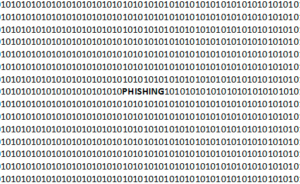Spam is becoming a common annoyance in the era of digital communication. Their presence in our inboxes, along with unsolicited offers, phishing attempts, and malicious links, puts our security and privacy at risk. However, how can we make our way through this digital maze and guard against becoming a victim of these con artists?
Finding the Danger:
Acquiring the ability to identify spam messages is the first step toward handling them. Here are a few typical warning signs:
Unknown sender: It's advi





